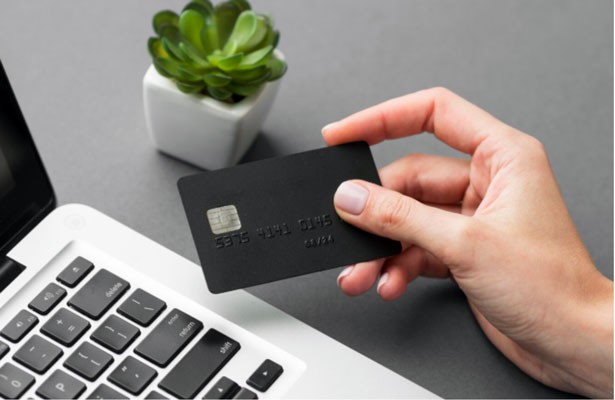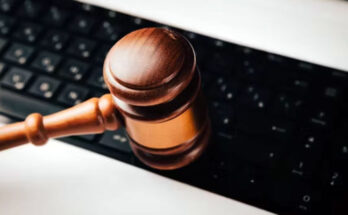Credit cards are more useful, and they help manage modern-day expenses. Using it wisely and responsibly can bring you more benefits, but it can also result in worse debts when not spent responsibly.
For many people, one of the primary concerns and questions that arise is how to use credit cards effectively and pay off credit card bills on time, or even before, in a legal manner.
If you want to eliminate excess debt that arose from the casual use of credit cards without a mature approach, it is essential to understand some smart and legal ways to clear credit card debt.
Don’t make your card just become a liability at the end of the month with a huge bill to pay off. With these strategies, you can wisely assess credit cards, resulting in benefits without a burden. Here are five thoughtful and responsible ways to clear the credit card bills that you should know:
Make a note or list of the current bills to clear off
In the process of completing the credit card bills, the initial step is to make a note or categorize every outstanding bill and debt. This is a better and more effective way to manage the credit card bills, utility bills, personal loans, subscription services, rent or mortgage payments, and any overdue payments.
Additionally, mentioning the complete due amounts, due dates, minimum payments needed, and interest rates in the note can help avoid missed payments but will also serve as the base for your debt-completion strategy. Planning the down debts, bills, and other expenses in one place can be eye-opening, allowing for better planning and prioritization. This helps you to organize it.
Prioritizing the debts
After the debts are listed, now prioritize which debt should be cleared first. Compare each debt’s payment date and prioritize them wisely, because not every debt requires a rush.
In the list, it is advised to focus on debts with the highest interest rates, typically credit card bills. Since they grow the fastest if left unpaid.
List them from most urgent to general, such as rent, mortgage, utilities, and car loans, which should be at the top of your list, as they impact your shelter, transportation, and basic living conditions. This clear roadmap of current debts and bills will help you clear them off as quickly as possible.
Start clearing the bills with the least balance
Another notable strategy for paying off credit card bills is the debt snowball method. Tackling the smallest balances first while making minimum payments on the rest. Once the minimum debt is settled, roll that payment amount into the next smallest bill, and continue this process until all debts are paid.
This strategy creates a ripple effect, making it feasible to handle larger balances down the line. While not always the most cost-effective in terms of interest, it’s often more sustainable for those needing quick wins to stay encouraged.
Paying off your bills regularly
Consistently paying bills can lead to better results, reduce financial stress, and improve a good credit score. Scheduling the debt-paying process can help ensure timeliness and avoid paying after the due dates.
Budgeting plays a vital role here; allocate a portion of your income toward debt repayment in every paycheck.
Don’t skip debt or bill payments, even if it’s a minimum payment. Avoid skipping payments, even if it’s just the minimum due, as this can negatively impact your credit score and result in additional charges.
Taking a loan to pay off credit card debts
If you’re getting stressed handling and maintaining various credit cards with massive interest rates, consider taking personal loans, which can consolidate all your debts into a single payment.
If you can manage debt consolidation, consider personal loans that offer minimal fixed interest rates and a suitable repayment plan, helping you save money and manage your finances effectively.
Remember that it requires discipline and consistency to settle credit card debts and bills. If you manage the consolidation process appropriately, it can speed up the path to becoming debt-free.








